AI in yoga: Can AI create personalized yoga practice plans?

Since the beginning of the last century, reporters have been taught that the lede should answer the following questions: Who? What? When? Where? Why? How?
The same is true for yoga teachers when they design a yoga class. The teacher needs to consider:
- Who the students are
- What they hope to get out of the class
- When will the class take place (time of day)
- Where will the class take place (location)
- Why is it being taught (the intention of the teacher)
- How will it be taught (all the elements that go into it).
For example, you might teach a mid-morning class at a health club for older adults who want to maintain their health and optimal physical functioning. These factors will remain static from week to week. The type of intention you set each week and how you manifest it thought different yogic tools will differ from week to week.
As yoga teachers, we initially plan our class customization based on the factors above preemptively, before we show up for class. This is the first layer of customization. Once the class begins, we usually modify our plan in real time based on what we see in front of us. This is the second layer of customization. After the class ends, we make conclusions on whether or not it was effective based on students’ responses and decide which elements to keep for the future and which ones to discard. This is the third layer of customization.
This type of customization is one of the most important elements of yoga teaching. Can a machine do that?
At this point, I am not aware of any AI bots that can modify a yoga class plan in real time based on students’ performance or learn from that experience afterward. Then, the only type of customization that is potentially possible right now is preemptive customization when lesson plans are being prepared.
I have conducted a little experiment with giving slightly different commands to ChatGPT to create different kinds of yoga practices for lower back pain.
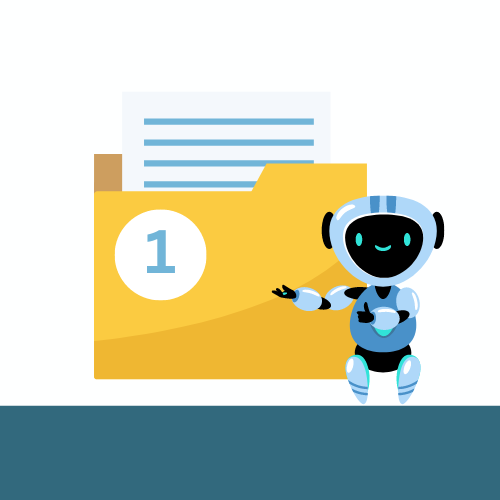
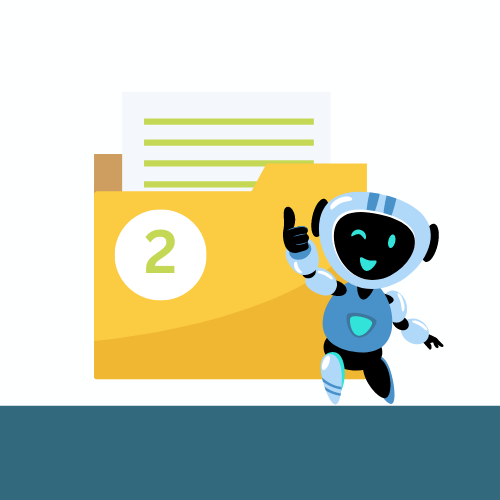
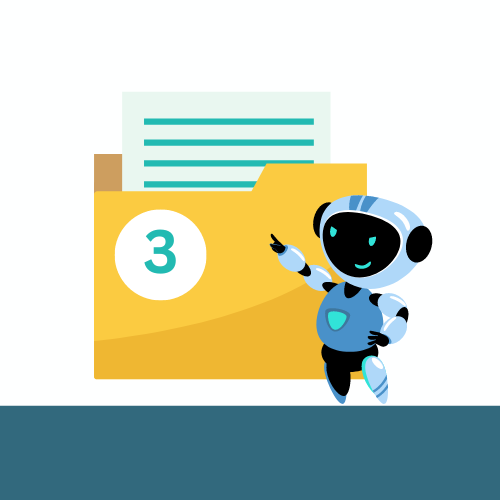
Overall, I was impressed with AI’s approach to the task. Compare its initial response to different prompts:
Prompt: Create a short yoga practice for a student with back pain
Certainly! Here’s a gentle yoga practice tailored for someone dealing with back pain. It focuses on alleviating tension and improving flexibility while being mindful of the back.
Prompt: Create a short yoga practice for an older student with back pain
For older students with back pain, it’s important to prioritize gentle movements and proper alignment to avoid exacerbating any discomfort. Here’s a short, gentle yoga practice designed to ease back pain while being mindful of mobility and flexibility.
Prompt: Create a short yoga practice for a student with back pain due to sacroiliac joint instability
For a student dealing with back pain due to sacroiliac (SI) joint instability, a gentle yoga practice focusing on stability, alignment, and gentle stretching can be very beneficial. The following 15-minute practice is designed to support and stabilize the SI joint while easing tension and improving overall back comfort.
I was impressed by how AI articulated its intention and strategy in each situation. And after each practice, it offers very important tips, as well. For all three students, AI advised to:
- Move slowly and listen to your body. If any pose increases your discomfort, skip it or modify it.
- Consider using props like pillows, blankets, or blocks for added support and comfort.
- Focus on deep, slow breathing throughout your practice.
It additionally advised an older student to “ensure proper alignment to avoid putting additional strain on the back” and suggested a consultation with a healthcare professional to a student experiencing sacroiliac joint discomfort.
As for the yoga practice itself, it seems to be based on an article from the Yoga Journal website that included a yoga sequence that was close to the parameters I set. AI did tweak it a little for an older student by including chair yoga options and barely changed it for the SI joint discomfort by switching the Seated forward bend to a Downward facing dog.
By my assessment, this is a simple, generic yoga practice for minor lower back tension that is meant to stretch the back a bit and not irritate it much. It is more about working around lower back pain than working with it. This is perfectly acceptable since, first and foremost, we don’t want the practice to do more harm. And for the practice to be truly effective, we need much more information about the student. This is the kind of information we usually attain during yoga therapy sessions.
Any kind of effective personalization of a yoga practice is always based on a clinical assessment of the student that includes many different factors. We take into consideration what the student says, how they hold their body, how they move, their complexion, the way they talk, the kind of energy they present, their ability to concentrate and remember things, their degree of self-awareness, and their self-assessment. All of these things are important for creating a truly personalized yoga practice. A yoga therapist has to be able to watch and listen but also read between the lines. This requires knowledge, experience, and emotional intelligence. Can the machine do that? It is highly doubtful.
To summarize, it appears that AI is able to tweak a yoga sequence that it pulled from the internet based on additional factors that were presented and give helpful tips to the practitioner. However, we cannot expect AI to provide a similar level of observation, assessment, and multi-layer information synthesis that an experienced yoga teacher or yoga therapist routinely engages in.
There are other types of concerns that I have about AI, and it can potentially affect yoga teaching and yoga therapy in the future. Let’s sum it up next time, and I would love to hear your concerns, as well!

Every time a new student comes to yoga, the teacher needs to develop some understanding of who this person is and what they need.


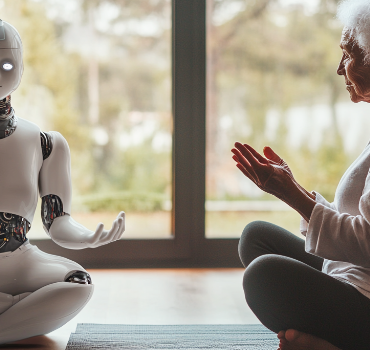

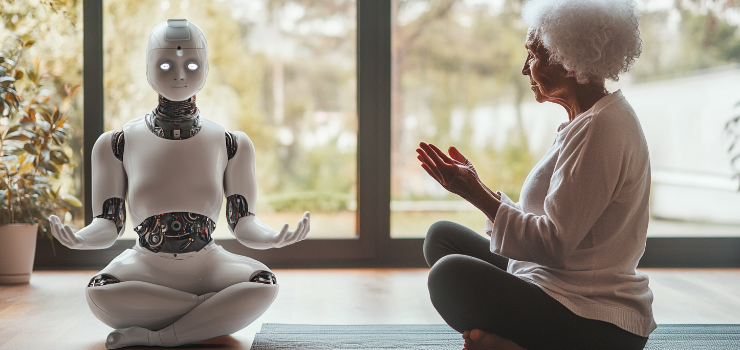

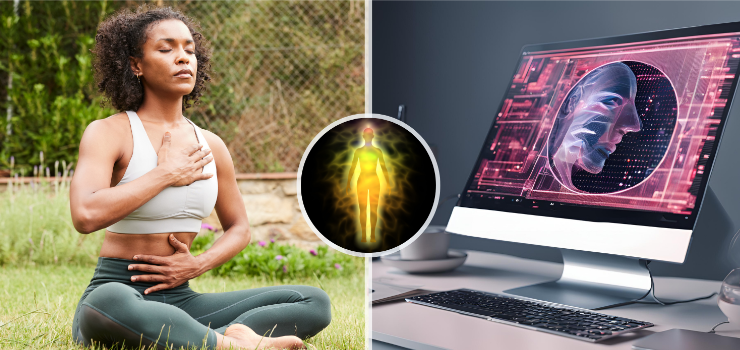


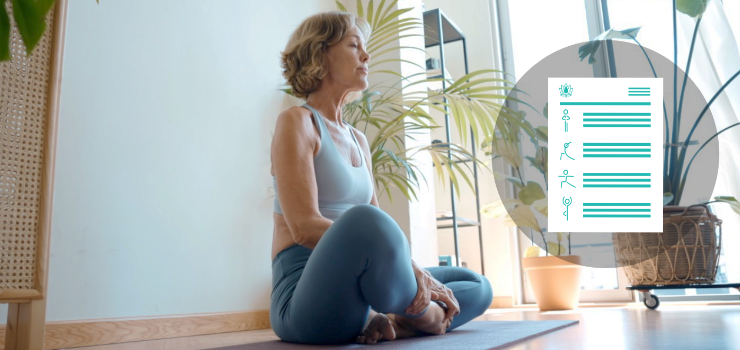
So interesting, Olga! I have a YouTube channel (YogiBethC), and I’ve used an AI there to help tweak some of my descriptions. I haven’t signed up for ChatGPT, as I’m a bit nervous about going down that rabbit hole. But I can certainly see the utility.
Hi Beth! I completely agree; I also see the utility in tweaking descriptions or just overcoming the “blank page anxiety.” But even with that, every single statement it puts out needs to be checked 🙂